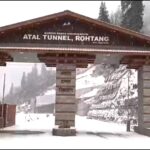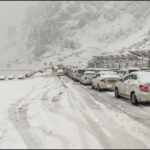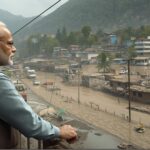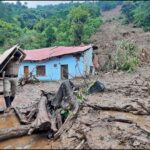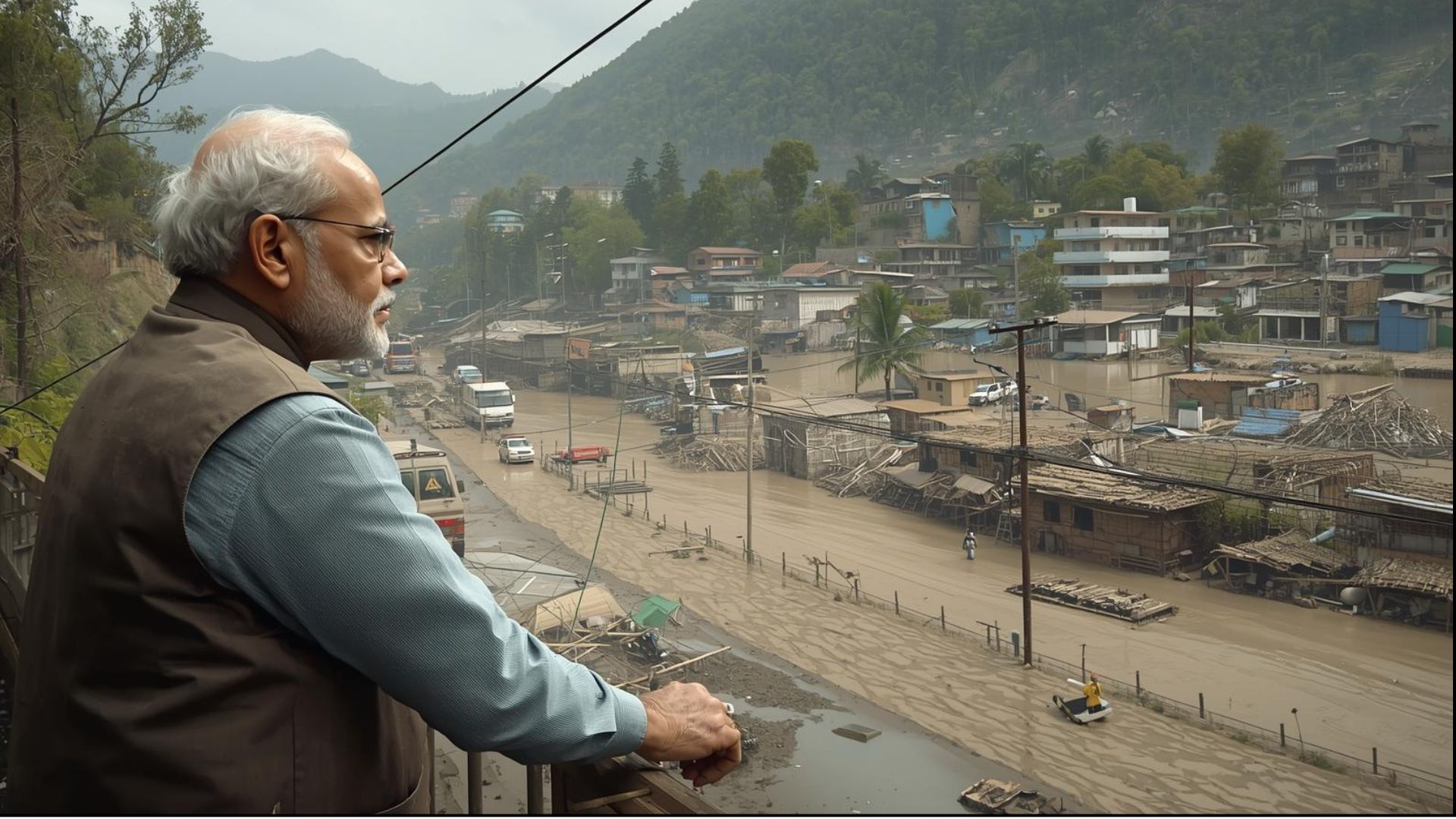A Compassionate Gaze on the “Devbhumi”
The recent monsoon has brought immense suffering to Himachal Pradesh, a state known as the “Devbhumi” (Land of Gods). With landslides and flash floods causing widespread destruction, the people of the state have been waiting for a strong show of support from the central government. Prime Minister Narendra Modi’s visit is a clear signal that the government is fully committed to helping them get back on their feet.
The visit on September 9 is not just a formality. The Prime Minister’s office has a clear plan: to see the damage firsthand and ensure that relief efforts are working as they should be. This direct review is crucial because it allows for a more accurate assessment of the needs on the ground.
Understanding the Government’s Relief System
When a natural disaster strikes, a clear set of government rules and guidelines are followed to provide help. This system involves both the central and state governments working together. The main tool for providing immediate financial help is the State Disaster Response Fund (SDRF).
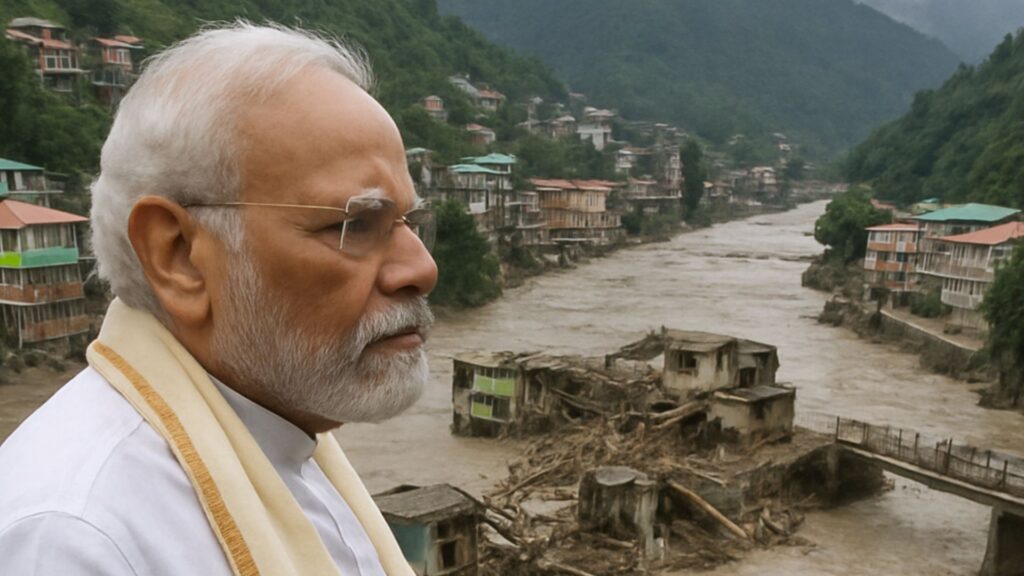
The SDRF is the primary fund available to state governments for responding to disasters. The central government contributes a major share to this fund—90% in the case of a “special category” state like Himachal Pradesh. This money is used for things like providing food, water, and temporary shelter to the victims.
When a disaster is of such a huge scale that the SDRF isn’t enough, the state can ask for more funds from the National Disaster Response Fund (NDRF). This is exactly what the Himachal Pradesh government has done, and PM Modi’s visit will likely speed up the process of releasing these funds.
Source: Official guidelines from the Ministry of Home Affairs on the Constitution and Administration of SDRF/NDRF, available on the National Disaster Management Authority (NDMA) website.
Key Guidelines for Flood-Affected Areas
The central and state governments have specific rules for the types of help and the amount of money that can be given to people. Here is a breakdown of the key relief measures based on the latest government guidelines:
- Housing Assistance: This is one of the most critical areas. The state government has recently increased the compensation amounts for damaged houses.
- Completely destroyed houses: The compensation has been raised to ₹7 lakh for each house that is completely gone. This is a significant increase from the previous amount of ₹1.30 lakh, showing a strong effort to help people rebuild their homes.
- Partially damaged houses: For homes that are partially damaged, the compensation has been increased to ₹1 lakh.
- Damaged cowsheds: Farmers who lost their cowsheds will get up to ₹50,000.
- Loss of Livelihood: The floods have destroyed farmlands, crops, and businesses.
- Damaged shops and dhabas: The compensation for a damaged shop or small eatery has been increased to ₹1 lakh.
- Crop and Land Loss: Farmers are getting compensation for damaged agricultural land and crops. For a completely destroyed farm, the amount is ₹10,000 per bigha. For damaged crops, the amount has been increased to ₹3,000 per bigha.
- Assistance for Tenants: People who were renting a house and lost their belongings will also get help, with an assistance amount of up to ₹50,000.
The Role of Rescue and Relief Teams
Beyond financial aid, the government’s response is also about people on the ground. Teams from the National Disaster Response Force (NDRF) and the State Disaster Response Force (SDRF) have been working tirelessly. They are the first responders, rescuing people from dangerous areas, providing medical help, and delivering essential supplies like food and water.
PM Modi’s visit will include a direct meeting with these brave teams to show support and review their operations. This is a crucial part of the disaster management plan, as it ensures that rescue efforts are well-coordinated and efficient.
What Happens Next?
The Prime Minister’s visit to Himachal Pradesh is a key moment. It is expected to not only boost the morale of the people but also unlock a larger, long-term relief package from the central government. The state government will present a detailed report on the total damage, which will be the basis for a more extensive financial aid from the Centre.
The road to recovery for Himachal is long and difficult. But with the combined efforts of the central and state governments, and the resilience of its people, the “Devbhumi” will hopefully be able to rebuild and come back stronger than ever. The focus now is on a quick and effective response to this immense challenge.



